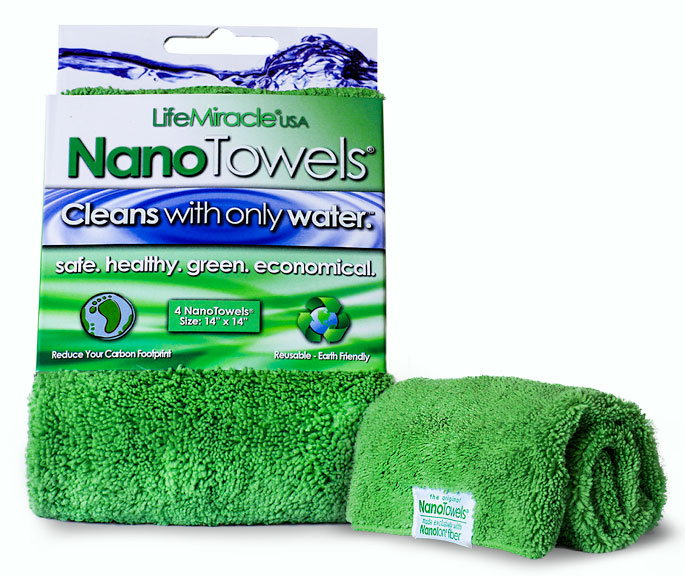brought to you by How can We Save Energy
If
you want to go green in your home, and save a little money at the same time,
it's never been easier.
As
the planet faces an uncertain future of global warming, which is believed to be
the result of us all burning fossil fuels indiscriminately, we all have a duty
to do the best we can to redress the balance. Here are some vital tips to help
you get started...
Your
home is where you spend a lot of your income, so it makes sense to be spending
it as efficiently as possible. You can start to go green in your home by
insulating the house. Loft insulation, wall cavity insulation, double or even
triple glazing - it will all make a tremendous difference. Yes, there is an
investment to consider, but you will save in the long term, and save a lot too.
We
all use too much water. Go green in the home by cutting back as much as you
can. We could all, collectively, save one billion gallons of water a year by
changing our old flush toilet cisterns. The old ones use three and a half
gallons per flush and the new high-efficiency ones use just over one and a
quarter gallon. It makes a big difference! If you did only this to go green in
the home you would save 20,000 gallons of water every year, and pay a lot less
in water bills.
The
standard light bulbs that most homes have are very inefficient. Compact
fluorescent light bulbs burn around 5% of the old bulbs and they last 10 times
longer. They may cost slightly more to buy initially, but this is an obvious
way to go green in the home and save a bundle in the long run. But you can do
even better, The new LED lights are almost twice as efficient as even the
compact fluorescent light bulbs, and they will last even longer too.
Heat
leaks out of a house in winter and into the house in summer. Better insulation
all round is a great way to go green in the home. Look at your loft, your wall
cavities, your windows and your doors. Sort out all of these and you can go
green in the home and really save too.
Home
utilities are a drain on energy. Did you know that modern washing powders are
so good that they don't really need hot water? your washing machine uses most
of its energy heating the water, so wash your clothes cold. They will clean
great while you go green in the home.
You
may think your dishwasher is also an energy drain, Strangely, it isn't. If you
use it fully filled it uses less resources than if you wash by hand.
Once
you know these little tips and tricks, it's easy to go green in the home!
For
more great tips on how to go green and how to save money by going green, check
out Going Green & Saving Green you can find online.
brought to you by How can We Save Energy



